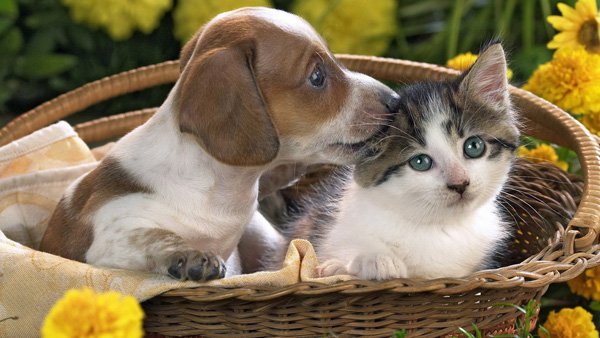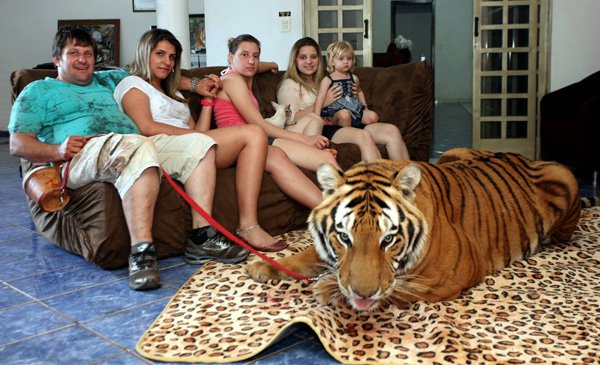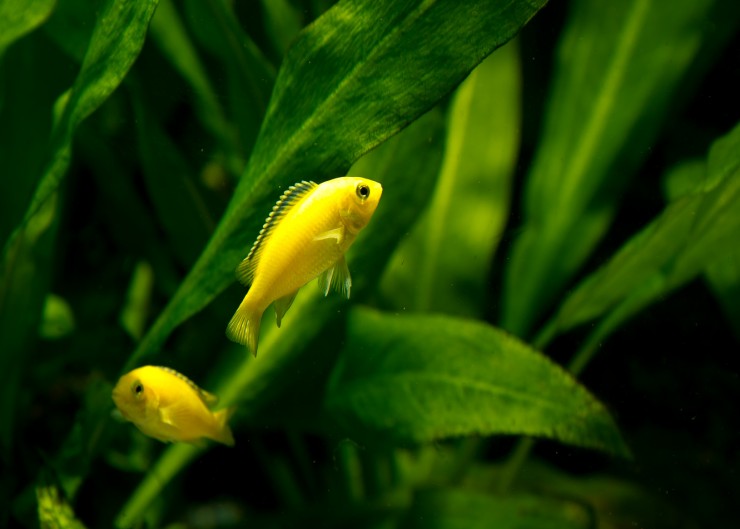When I originally started building chicken coops many years ago I made more mistakes than I care to calculate. My initial coop was built in a spot with deficient drainage, making the ground mucky and muddy each time there was wet weather. Not only were my chickens less happy and healthy, but the eggs were always soiled and needed cleaning. Additionally, it was at least 5 times bigger than necessary and 5 times more pricey.
However, through trial and error, it wasn't long before I was building chicken coops that were inexpensive and trouble-free to maintain. It was a lot of fun so I started raising many unusual varieties of chickens, hatching fertile eggs in incubators that my very own backyard chickens had produced. In addition, I started raising other varieties of poultry including turkey, quail, duck, and a number of others. Building well-designed and functional hen houses turned my hobby upside down; it became oodles of fun. If you want to reap some rewards from your new hobby, do things acceptably on your initial try and stay away from serious rookie mistakes.
Mistake #1: Not Planning Properly
With some preplanning you will enhance the odds of developing a pleasurable hobby. At a bare minimum you must sketch a rough diagram of how your hen house will appear. It will include where the doors, walls, windows, feeders, poultry nests, and water fountains will be positioned. By making a detailed depiction, together with measurements and proportions, you can more precisely approximate the amount of wood, chicken wire, and other materials that will be essential to finish the task. This can save you money from buying too many materials.
When deciding on where to put items in your chicken housing, try to place them in areas that will be handy for you. As an example, building a tiny hinged door in the correct place will make egg gathering a simple job. Locate the poultry nests on a wall that has a little externally-available door just a smidgen higher than the poultry nests. Building chicken houses in this way will allow you to collect eggs from the outside of the housing without entering or distressing your birds.
Try to employ a plan where the hen house is built a couple of feet off the soil with chicken wire for the flooring. This will permit the chicken droppings to fall through the wire flooring as a substitute to piling up inside their home. It will eliminate the need for regular cleanup and also keep the birds away from their droppings.
Mistake #2: Locating It in the Wrong Spot
One of the most frequent mistakes that both novices and veteran chicken raisers make is building chicken coops in bad backyard locations. Selecting a poor backyard place can be the cause of diseased and unproductive birds. The poultry house ought to be where there is good drainage. If you don't have good drainage you will usually end up with a blend of water, sludge, and droppings. Consuming this grimy water or tracking it into the nesting and feed area will most definitely have the consequence of a smaller quantity of eggs, disease, and even fatalities among the flock.
The hen houses should ideally be placed close to easily accessible water. This will allow you to add simple automated watering practices and eliminate the need for you to furnish them with fresh water each day.
Mistake #3: Offering Less Sunlight than Necessary
Pullets require at least 14 hours of light a day to provide you with eggs consistently, so build your hen houses facing south for maximum sun exposure. Additionally, it will keep the hen houses drier which will help it stay cleaner. If you expect to collect eggs throughout the seasons of the year where there are fewer than 14 hours of sunshine each day you will have to provide synthetic lighting in the form of a low wattage light bulb. Placing your hen house near an available electrical source is useful in this situation.
Mistake #4: Not Giving Decent Air Circulation to the Poultry
With no windows or other openings poor air circulation will be the end result. Poultry droppings can be the source of potent odors that are harmful to their physical health if permitted to build up. A bare minimum of one window, but if at all possible two, will be put in areas that will permit the best ventilation and air circulation. With improved air circulation the hen house will stay drier, and therefore cleaner, which can help avert sickness and disease.

 In These Modern Days Animals Need Recreation Too
In These Modern Days Animals Need Recreation Too
 4 Brilliant Ways To Keep Your Dog Happy
4 Brilliant Ways To Keep Your Dog Happy
 Save Your Time With Dog Wash Machine
Save Your Time With Dog Wash Machine
 10 Ways To Stop Treats Tipping The Balance (minimising Weight Gain In Dogs & Puppies)
10 Ways To Stop Treats Tipping The Balance (minimising Weight Gain In Dogs & Puppies)
 Is Your Child Ready To Keep Their Own Tropical Fish Tank?
Is Your Child Ready To Keep Their Own Tropical Fish Tank?
 Vintage Dogs - Dogs In The 1940s And 1950s
Vintage Dogs - Dogs In The 1940s And 1950s